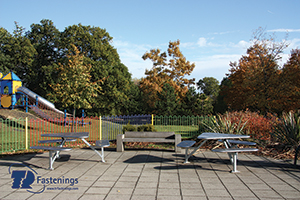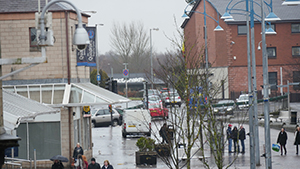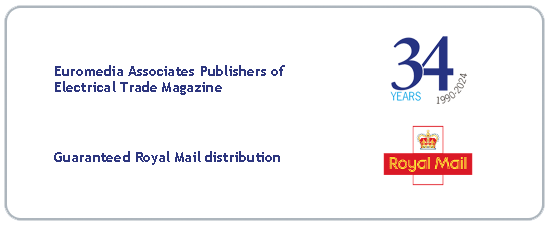Securing electrical components: How fasteners can be used for security

The global climate has changed considerably over the last few decades in regards to the way that we work, integrate, communicate and travel. The development of mass air travel, smartphones and other pieces of technology has completely transformed the way in which we operate our daily lives. Whilst these innovations have become crucial assets in our global society, an undeniable new set of risks and dangers have evolved alongside these modernizations in technology and the expansion of globalisation, which have to be considered in manufacturing. Thieves, vandals and securing safety-critical components (such as on an passenger aircraft) are some examples as to why security fasteners are now becoming integral in product design. Manufacturers of technology have to be aware of these risks and produce products that seek to reduce any potential dangers to users or by those with immoral intensions. Within these design considerations, security fasteners have taken a primary role. As they come in all shapes and sizes, security fasteners are designed in accordance with new technology developments, usually for a specific product design. At their most basic level, they provide a fastener function, keeping the product components together and helping to ensure that they work effectively and efficiently. However, they are different to traditional fasteners as they must have additional security features to prevent removal of the component. It’s crucial that security fasteners must be tamper-resistant and vandal-proof, in order to maintain the functionality of the product they are contained with, regardless of the environment it is operating in, as they are often securing expensive or function-critical electrical components. This is accomplished by designing technology into the fasteners that prevent anyone from undoing the fastening without specialist equipment, or training. An example of this would be that on some designs, the outward shape of the screw may be very different to its actual shape within the product. Security fasteners could be designed to have increased frictional resistance with the bolt, preventing any rotation and thus preventing the nut from loosening. Available in a range of sizes, these fasteners can be used across product types and variations and be adjusted to specific environments or requirements. By implementing security and tamper-resistant engineering right at the beginning of the product development phase, we can ensure we are doing all we can to contribute to a safer and more secure world. www.trfastenings.com
Clear Sight Coating Saves Thousands For CCTV Provision In North Lanarkshire

TCA, the provider of security services for North Lanarkshire Council, has seen savings of around £50,000 a year, after installing 300 Panasonic CCTV cameras, waterproofed with a unique ClearSight Coating. Located east of Glasgow, North Lanarkshire has challenging weather conditions for any technology, which has previously hindered the provision of cost effective security in the area. High levels of rain resulted in water marks, dust spots and condensation, which meant heavy maintenance burdens and the potential for missing incidents. When considering an upgrade to the system, TCA needed to combat these issues with a security system that remained affordable in an era of local authority austerity. TCA secured the lower total cost of ownership they were seeking by implementing Panasonic PTZ CCTV cameras. The ClearSight coating forms an invisible layer over the surface of the dome preventing water droplets from obscuring footage, while also eliminating dirt and dust build up on the dome cover. “On many models, when the rain stops, you tend to get a coating of dust on the dome, which the camera then focuses on,” says Nikola Graham, Operations Manager. “We just haven’t seen that with the Panasonic cameras. In fact, we have actually halved the number of maintenance visits, which we think probably equates to a £50,000 annual saving.” The initial installation took place over two years with the bulk of the cameras installed on 27 high rise blocks, identified as having problems with crime and antisocial behaviour. “The result has been impressive. The council has seen a reduction in the number of criminal and anti-social incidents within the residential blocks, the cameras have contributed greatly to this. The people living in the blocks feel safer as a result,” said Graeme Good, Business Manager at TCA. “A camera in the Motherwell area has on several occasions been used to catch vehicles that were used in some pretty serious crime. The quality of the footage and the evidence packs that we are giving the police is exactly what they are looking for.” The control room in Coatbridge has eyes trained on 21 Full HD monitors, with 875 cameras monitored round the clock utilising tours and salvos. A further 300 cameras are linked in and monitored out of hours, if an alarm is triggered. Various triggers, such as alarms within the lifts, will show as priorities for the operators. “It’s great credit to our integration partners that some of the cameras we monitor are 16 years old,” adds Graeme Good. “Every time we have a fault we will appraise whether it’s cost effective to repair the unit. If not, we’ll continue with the roll out of Panasonic, which have been virtually faultless thus far.” To read more about this case study please visit: https://business.panasonic.co.uk/security-solutions/case-study/securing-the-pathway-to-technology-development




